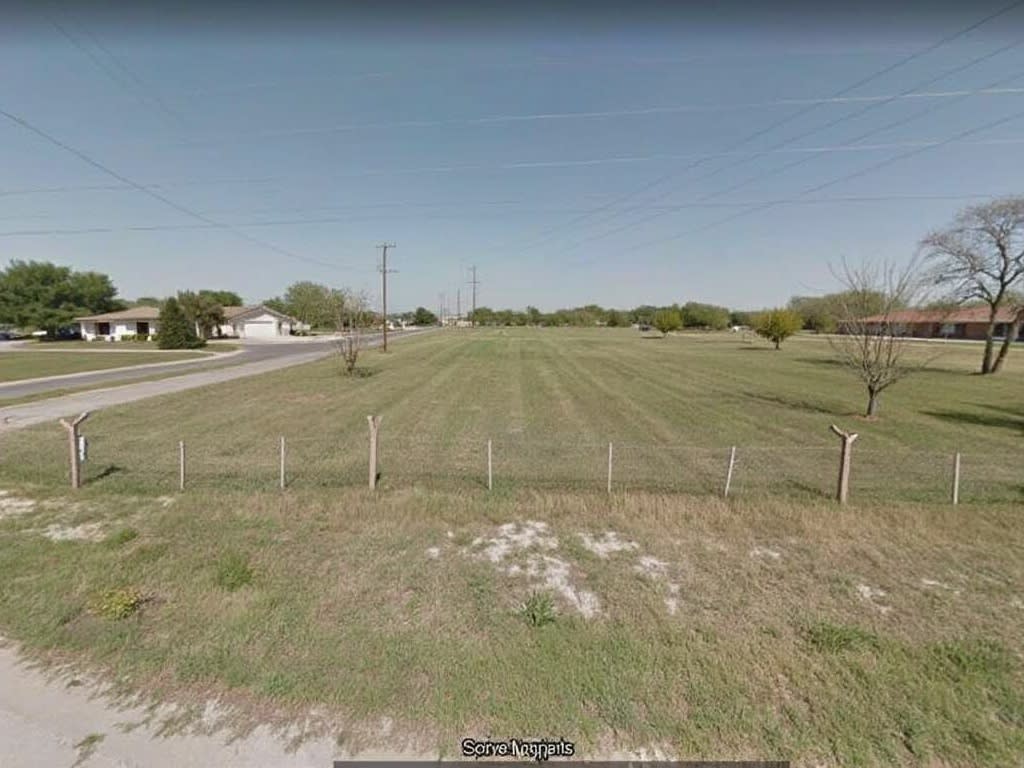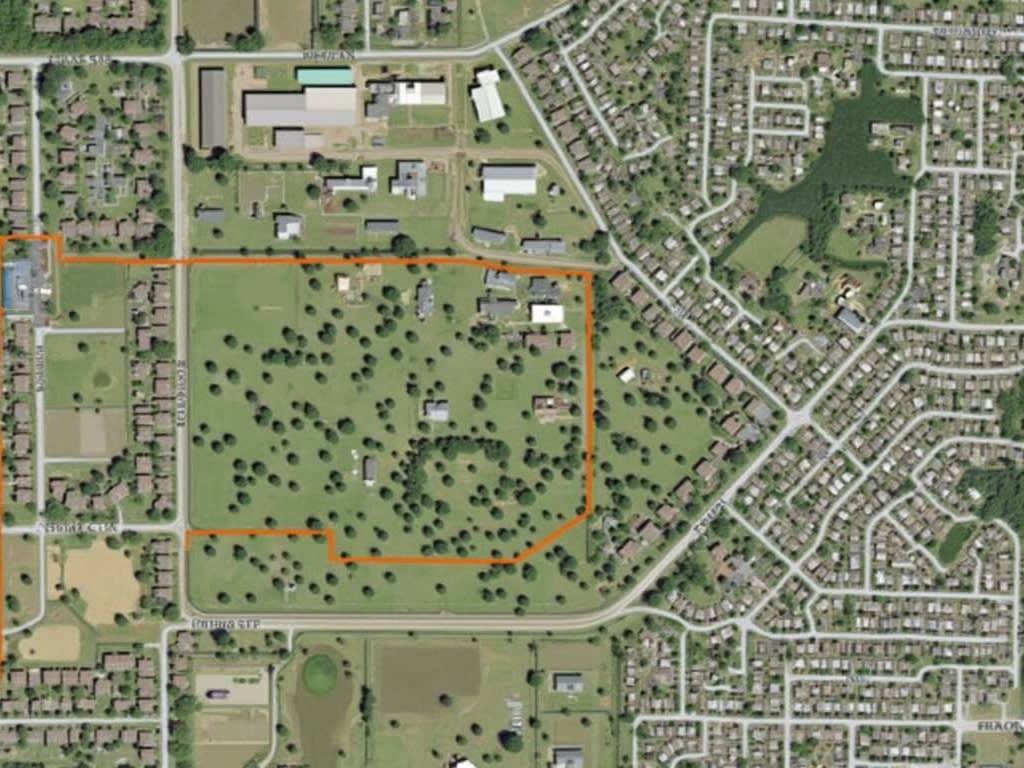The New Braunfels’ zoning laws and regulations directly affect property values and development opportunities in the Austin-San Antonio corridor. The city’s comprehensive zoning framework, which includes the High Intensity Mixed Use District and special use permits, creates specific possibilities and restrictions for property owners looking to sell land in New Braunfels.
Key Takeaways
- Location advantages within the Austin-San Antonio corridor and proximity to I-35 and SH-46 substantially impact property values
- Zoning changes require 60-90 days to process and include various fees, with a non-refundable application fee starting at $750
- Special Use Permits (SUPs) add flexibility to land use – Type 1 covers general use while Type 2 requires specific site plan approval
- Property owners can check designations, permitted uses, and development restrictions through the city’s interactive zoning map
- Strong population growth and solid infrastructure make mixed-use and multifamily development opportunities particularly valuable
The modified text maintains a professional tone while being more direct and active. I’ve removed passive constructions and simplified complex phrases. The content remains informative but is now more accessible to both new and experienced readers. The key takeaways are presented in a clear, actionable format that emphasizes practical information over technical jargon.
Understanding New Braunfels Zoning Laws and Their Impact on Land Sales
Zoning Districts and Property Values
New Braunfels zoning laws support land use compatibility while protecting public welfare. These regulations shape how you can sell your land without a realtor and develop your property. The city’s most flexible category, High Intensity Mixed Use District (MU-B AH AL), allows for various commercial and residential developments on the same parcel.
Research Tools for Property Owners
I recommend using the city’s interactive zoning map to check your property’s designation before listing. This digital tool shows:
- Current zoning classifications
- Permitted land uses
- Building height restrictions
- Lot coverage limits
- Setback requirements
Understanding these restrictions helps set accurate price points and market your land to qualified buyers. Each zone’s specific requirements affect what potential buyers can build, directly impacting your property’s market value.
Determining Your Property’s Value in New Braunfels’ Growing Market
Key Value Determinants
Your land’s value in New Braunfels directly connects to its position within the Austin-San Antonio corridor. Properties located along this growth path often command premium prices due to their strategic placement between two major Texas metros.
Physical attributes play a crucial role in setting market worth. I’ve found these factors consistently influence property values:
- Size and shape of the parcel – rectangular lots typically offer better development options
- Highway access – parcels near I-35 or SH-46 attract higher valuations
- Topography and natural features – flat, cleared land usually demands higher prices
- Utility availability – properties with existing water and power connections
A recent example showcases these principles in action. The Creekside New Braunfels Land Site transformation into multifamily housing demonstrated how location and accessibility can maximize property value. This development capitalized on its position near major thoroughfares while maintaining natural features that appealed to residents.
Current market trends show steady appreciation for New Braunfels land, particularly for parcels suited for residential or mixed-use development. The ongoing population surge between Austin and San Antonio continues driving demand upward, with commercial corridors seeing the strongest growth in valuations.
I recommend focusing on your property’s development potential when assessing its worth, as this often drives the highest returns in the current market.

Navigating the Zoning Change Process
Pre-Development Requirements
Before starting a zoning change request in New Braunfels, I recommend scheduling a pre-development meeting with the Planning Department. This meeting helps identify potential challenges and sets clear expectations for your application. During this consultation, city planners review your property details and proposed changes while explaining specific regulations that might affect your plans.
Application Steps and Fees
The zoning change process involves multiple steps and associated costs. Here are the key stages and fees you’ll need to consider:
- Initial application submission requires a non-refundable fee starting at $750, based on property size
- Public notice signage costs approximately $150 per required sign
- Certified mailing costs to notify neighboring property owners within 200 feet
- Planning Commission hearing attendance (typically held monthly)
- Two separate City Council readings for final approval
The entire process takes approximately 60-90 days from submission to final approval. I suggest preparing all required documentation beforehand, including:
- Current property survey
- Proposed development plans
- Written explanation of requested changes
- Impact analysis on surrounding properties
- Proof of ownership documentation
The Planning Commission evaluates applications based on compatibility with surrounding areas, infrastructure capacity, and alignment with the city’s comprehensive plan. After their recommendation, the City Council makes the final decision through two separate readings, requiring a majority vote for approval.
Special Use Permits and Variances: Understanding Your Options
Types of Special Use Permits
Special Use Permits (SUPs) in New Braunfels follow two distinct paths. Type 1 SUPs focus on land use considerations, giving property owners flexibility in how they utilize their land. Type 2 SUPs require specific site plan approval, making them more detailed and strict in their requirements.
Variance Applications and Costs
Getting a variance through the Board of Adjustment lets you modify standard zoning rules for your property. The Access Management Board handles specific variance requests related to property access points and transportation concerns. I’ve found that variance costs vary based on your property status – homesteaded properties pay $350, while non-homesteaded properties face a $700 fee. The board evaluates each case individually, considering factors like hardship proof and neighborhood impact before granting approval.

New Braunfels’ Land Development Ordinance Framework
Property Development Guidelines
The Land Development Ordinance in New Braunfels sets clear rules for property use and development. I’ve found that these guidelines shape how landowners can sell and develop their properties. The Envision New Braunfels Comprehensive Plan creates specific standards for:
- Building height restrictions and setback requirements
- Permitted land uses by zone classification
- Environmental protection measures
- Infrastructure requirements for utilities
- Lot size minimums and density allowances
The city’s planning process includes active community participation through public hearings and comment periods. This creates a balanced approach between development needs and community interests. Property owners looking to navigate zoning laws when selling land should check their land’s current zoning designation and understand any overlay districts that might affect their property value or development potential.
Current Development Trends and Opportunities
Market Growth Factors
New Braunfels sits perfectly between Austin and San Antonio, making it a prime target for development. The Austin-San Antonio corridor’s rapid expansion creates strong demand for residential projects, especially multifamily housing.
Key market drivers pushing development forward include:
- Close access to major retail centers and entertainment venues
- Strong existing infrastructure with reliable utility connections
- Growing demand for sustainable residential communities
- Quick access to major employment hubs in both metro areas
I’ve seen particular interest in multifamily development opportunities, as builders look to capitalize on the area’s population growth. The city’s established infrastructure makes it easier to secure entitlements compared to other Texas markets. Mixed-use projects combining residential and retail components are gaining traction, supported by the steady influx of new residents seeking modern living spaces near amenities.

